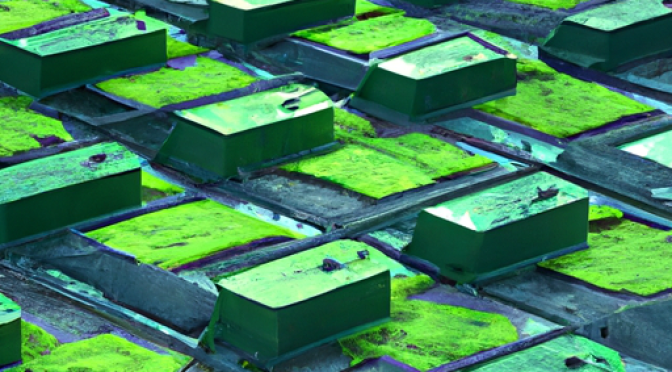How can green roofs help save water?
Green roofs are environmentally friendly solutions that help save water and contribute to sustainable urban development. The idea behind green roofs is to cover the roof surface with plants, thus contributing to improving the urban environment and mitigating the effects of climate change.
The benefits of green roofs include rainwater retention and drainage control. Vegetation absorbs rainfall and returns it to the environment through evaporation, reducing the strain on stormwater drainage infrastructure. In this way, green roofs contribute to urban flood protection and stormwater management.
Green roofs also help to regulate temperature. Vegetation shades the roof surface, thus reducing temperatures in the summer months. This reduces the energy demand for air conditioning, contributing to sustainable energy use and cost savings.
Another benefit of green roofs is that they improve air quality. Vegetation produces oxygen and absorbs pollutants, thus reducing air pollution. In this way, green roofs contribute to a healthier urban environment and the well-being of the population.
Green roofs also contribute to the conservation of biodiversity. Vegetation attracts different animal species such as birds and insects. In this way, green roofs help maintain the urban ecosystem and preserve biodiversity.
Last but not least, green roofs also bring aesthetic value to the urban environment. The beauty and diversity of vegetation provides a pleasant visual experience and enhances the quality of urban life.
The above-mentioned benefits make it clear that green roofs play an important role in water saving and sustainable urban development. It is therefore worth supporting and encouraging the spread of these environmentally friendly solutions in cities.
∑: vegetation, contribute, environment, sustainable, reducing, environmentally, friendly, solutions, development
